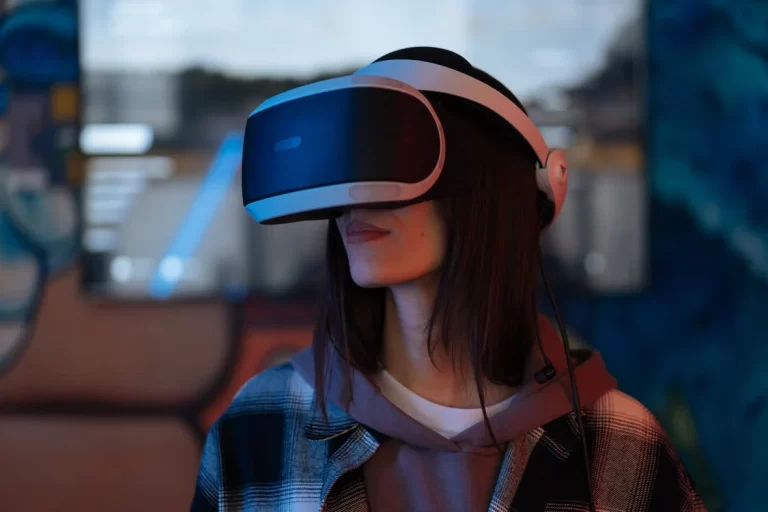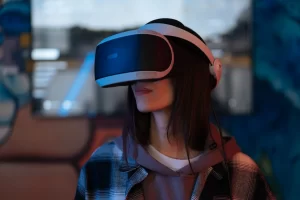Virtual reality has evolved considerably since the first Oculus Rift was released commercially. Today, game studios developing advanced VR experiences and the battle for the future of the Metaverse have created a whole new market for virtual reality headsets.
Interestingly, this has also opened the doors for applications across industries beyond video games and social media. Virtual tourism and psychotherapists are taking advantage of the capacity of this technology to immerse their users in virtual environments. But the applications don’t end there, and different companies have started using VR to make more engaging and effective recruitment, design, and data visualisation processes. Let’s take a look.
Training
For a long time companies have been looking for ways to make their training courses more appealing for employees. VR training is inherently interesting for employees, allowing them to enter virtual environments and even safely explore a stressful scenario like a Black Friday sale, or an emergency situation. On top of that, the realism of these mediums allows trainers to observe participants behave in a way that closely resembles their real-life responses, making it a much more reliable training tool.
Recruitment
Virtual reality is also among the new technologies used for recruitment, particularly in light of the pandemic. It allows people to visit and familiarise themselves with the installations of the company, without having to leave their homes. It’s something particularly important when we are still transitioning between working from home, and returning to the office. It also allows candidates to immerse themselves in the experience of what a day of work at the company would be like, and get a better idea of the company culture.
Product Design
When it comes to creating a new physical product, designers have to rely on the capacity of managers and other employees to imagine the final result. But with VR, they are able to rotate, zoom in and interact with the object, whether it’s a new piece of furniture or an innovative model of sneakers. And with the addition of AR, it is easier to visualise how it would look in the real-world environment where it was designed for in the first place.
Data Visualisation
As companies learn how to purchase and analyse massive sets of data, the problem becomes less about how to infer important conclusions from it, and more about how to transform these findings into actionable insights. Data scientists may feel comfortable with a 2D chart, but for other professionals, watching data through VR can make it easier to notice data clusters and patterns. Companies are already using it to better understand their supply chain processes, and supervise cybersecurity operations, among other uses.
Team Building Workshops
Every so often companies like to send their employees on a team-building activity day. This usually takes place outdoors and involves activities like solving a puzzle to escape an area or walking on a tightrope. VR allows companies to do this in the safety of their office. They can also use the realism of VR to challenge employees with more exciting activities like rock climbing or working together to fend off a wave of zombies. All with a lot less spending on transportation and event organising services.
Virtual reality has become increasingly popular, and not just among video game aficionados. Companies have realised how the immersiveness of this medium can make training programs and team-building workshops more effective, while also ensuring that candidates for a position get a much better idea of what a day in the office would feel like. As a result, new applications are being developed, and the acquisition of a VR headset has become more important than ever.
















